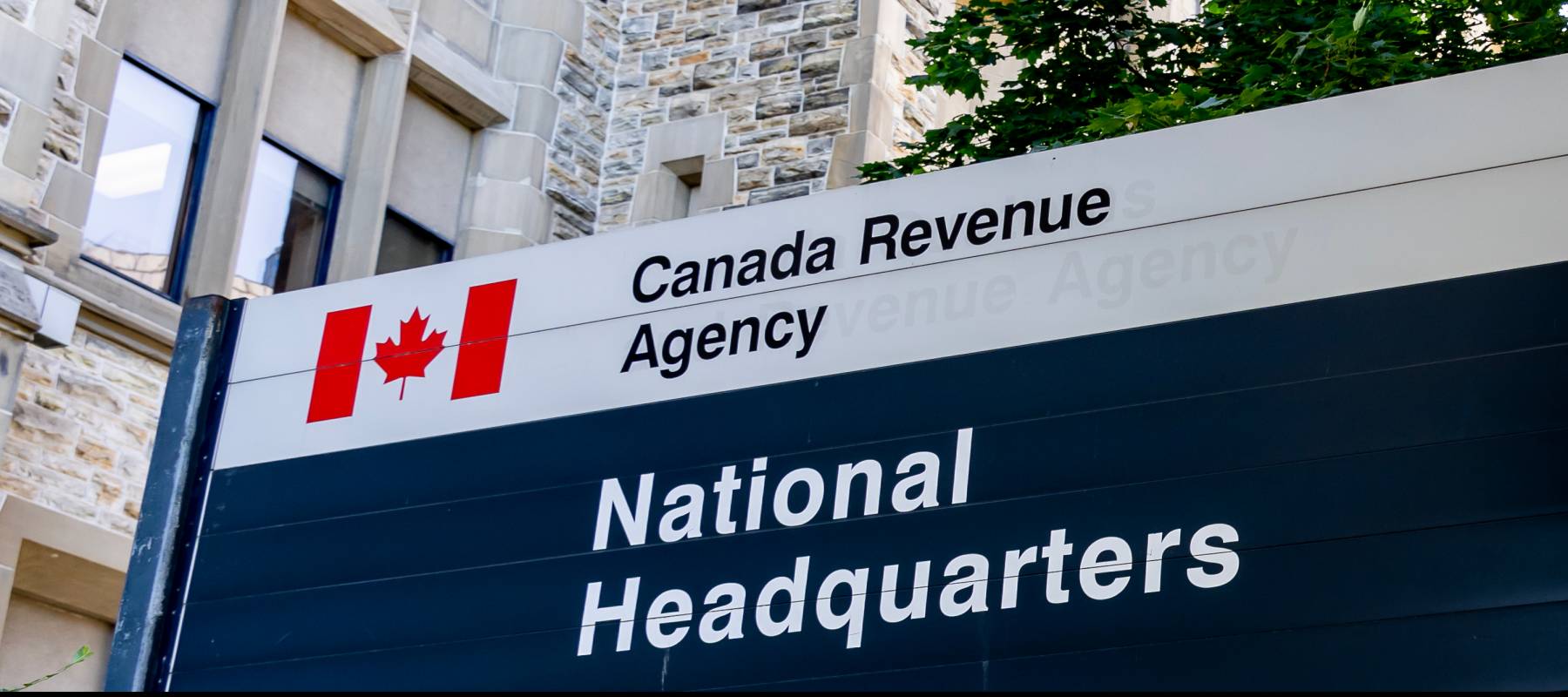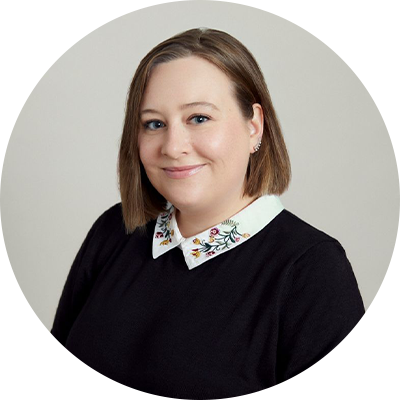Why do we need the alternative minimum tax?
The latest federal budget, released in early April, said that 28 per cent of Canadians with income above $400,000 — the top 0.5% of earners — paid an average federal income tax rate of 15 per cent or less in 2019. Additionally, the 2019 tax returns show that more than one in 10 of those top earners paid less than five per cent.
In an attempt to combat this trend, the government has announced changes to the tax. The latest alternative minimum tax details are expected to be released in the fall economic and fiscal update. The final date is set to be announced by the finance minister, likely a few weeks before the change comes into effect — usually November or early December.
“There are still thousands of wealthy Canadians who pay little to no personal income tax each year,” the Department of Finance said. “That is unfair, and the federal government is committed to changing it,” the ministry added.
Empower Your Investments with Q Trade
Discover Q Trade's award-winning platform and take control of your financial future. With user-friendly tools, expert insights, and low fees, investing has never been easier.
Start Trading TodayHow does the alternative minimum tax work?
The AMT is applied when someone earning more than $400,000 claims a large tax deduction or exemption.
As described by MNP in a 2011 report, tax owing is measured by subtracting preferential tax deductions and credits from your total income. However, alternative minimum tax is applied when the regular measure is compared to a second set of calculations, “where you don’t receive these same deductions and credits, but your tax is calculated at a lower tax rate (currently that lower tax rate is 15%).”
“For most instances, the normal calculation will result in more tax owing. When the second calculation results in a higher amount owing, you will pay this higher amount. The difference between the regular tax owing and the second calculation is the AMT.”
Time to include ‘new tax avoidance measures’
“Canada's existing AMT is very, very, very narrow, and doesn't really catch many people at all,” says Kevin Milligan, professor of economics at the University of British Columbia.
“And so the intent of the new one would be to cast the net more broadly.”
Milligan believes the current AMT needs an update to “account for the new tax avoidance measures that are being used. And so I look forward to seeing what they come up with.”
However, not everyone believes the AMT needs to be broadened – and some people feel it’s too broad already.
Jamie Golombek, managing director, Tax & Estate Planning with CIBC Private Wealth in Toronto, explains that Canadians earning $100,000 or more are already generating more than half of the overall tax revenue.
And the alternative minimum tax has so far amounted to very little of the federal government’s tax haul – it raised $303 million in 2017, out of $219 billion in taxes collected from Canadians.
Unexpected vet bills don’t have to break the bank
Life with pets is unpredictable, but there are ways to prepare for the unexpected.
Fetch Insurance offers coverage for treatment of accidents, illnesses, prescriptions drugs, emergency care and more.
Plus, their optional wellness plan covers things like routine vet trips, grooming and training costs, if you want to give your pet the all-star treatment while you protect your bank account.
Get A QuoteIs alternative minimum tax only for high income?
Golombek explained that AMT doesn’t necessarily apply only to people with high incomes – it can also be applied if someone had a capital gain or reported certain deductions – and the total was over $400,000.
There can be cases where someone will have to pay AMT even if they don’t have a steady income of over $400,000.
“Like someone who sells a cottage once in their life. Are they wealthy? You know, it's debatable,” he said.
Milligan also has questions about how the new alternative minimum tax will be applied.
“I do not know what definition we'll have for income for the new version of AMT,” he said.
So far, under the current alternative minimum tax, there are several deductions and exemptions that are neutralized, and this might change with the revised AMT. However, Finance Minister Chrystia Freeland tweeted April 11 that the current AMT is going to stay and that the updated guidance will be “layered on top.”
What should we learn from the U.S. alternative minimum tax?
Whether or not you believe the current alternative minimum tax is narrow, the United States has some lessons for Canada to learn from.
Canada’s southern neighbour introduced an AMT in 1969 after the Secretary of the Treasury’s testimony that 155 people with adjusted gross income above $200,000 paid zero federal income tax on their 1967 tax returns.
Since then, the U.S. has raised its alternative minimum tax from 10 per cent to 30 per cent. Milligan says a move like this “is not desirable.”
“I think it's worthwhile to consider trying to find a sweet spot between those two (narrow versus broad),” Milligan said.
“You have to be careful that you don't end up catching too big of a horse in the population because then you end up just having two parallel tax systems, and that gets very confusing.”
Sponsored
Trade Smarter, Today
With CIBC Investor's Edge, kick-start your portfolio with 100 free trades and up to $4,500 cash back.








